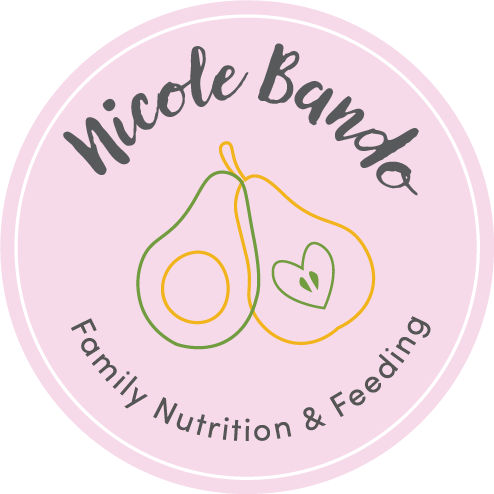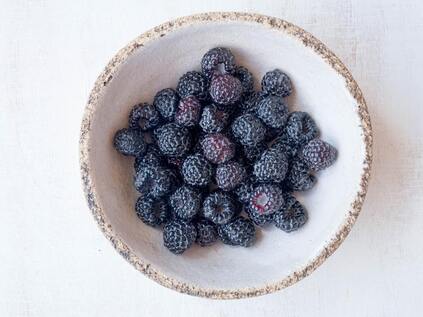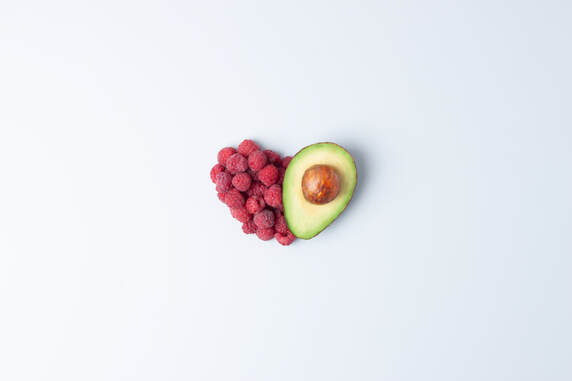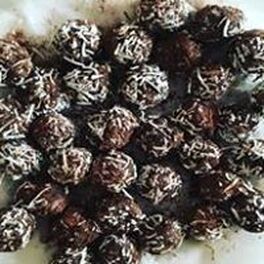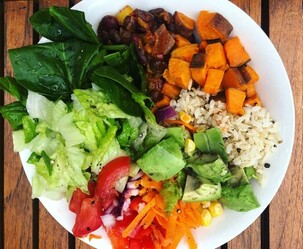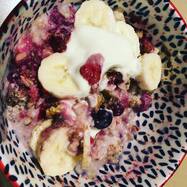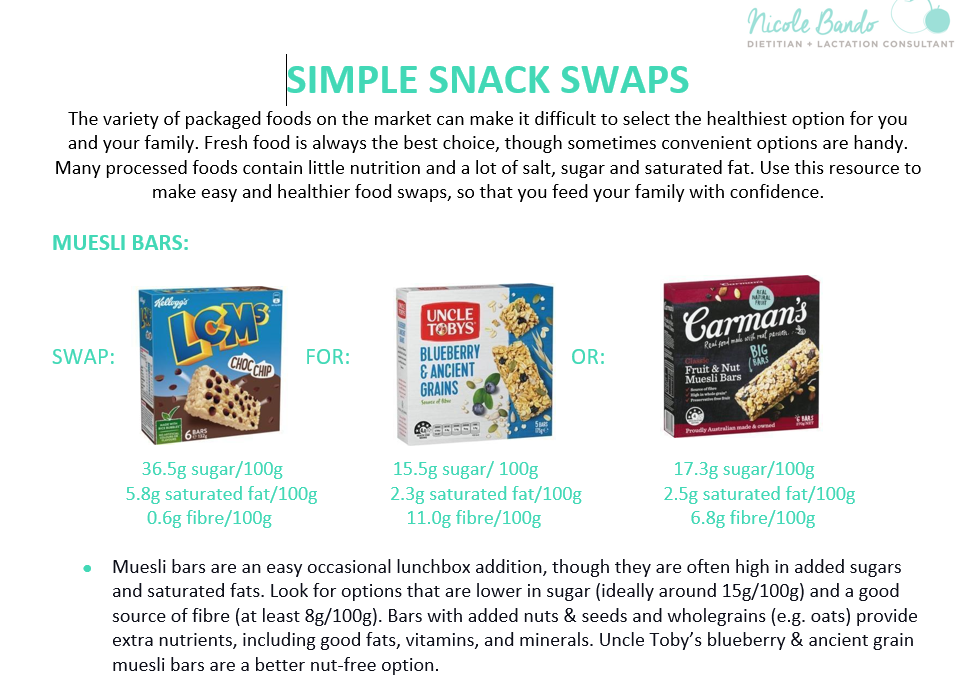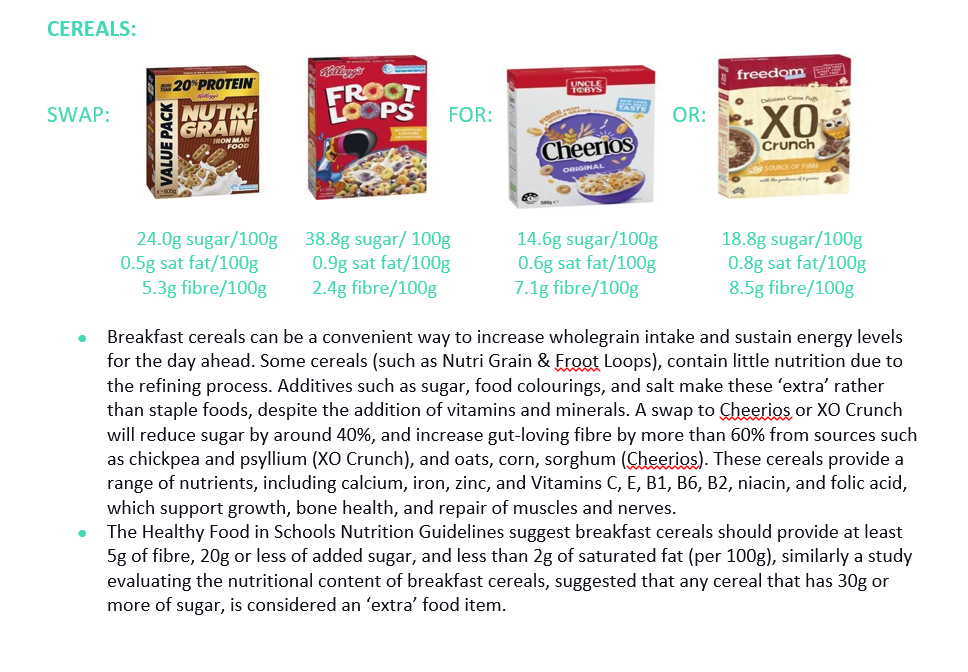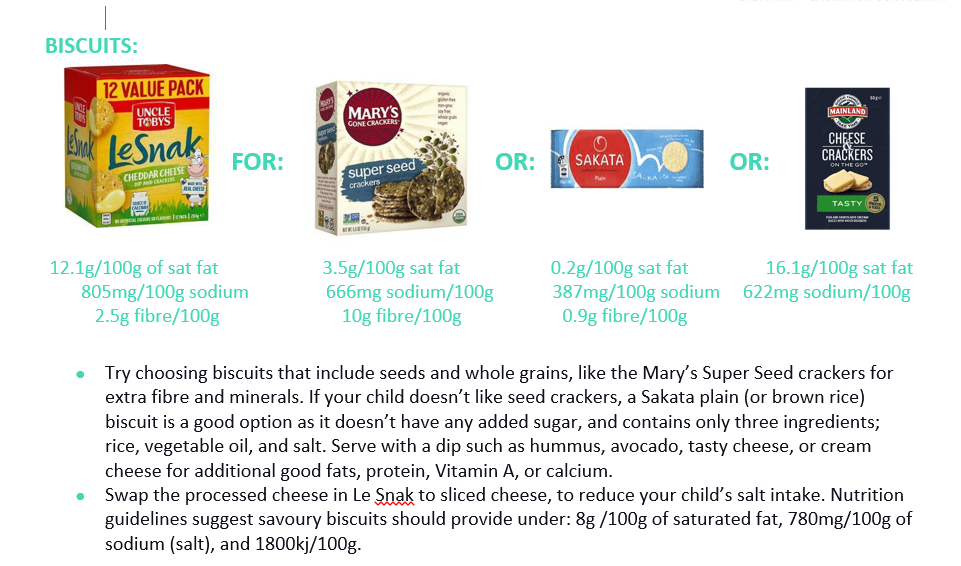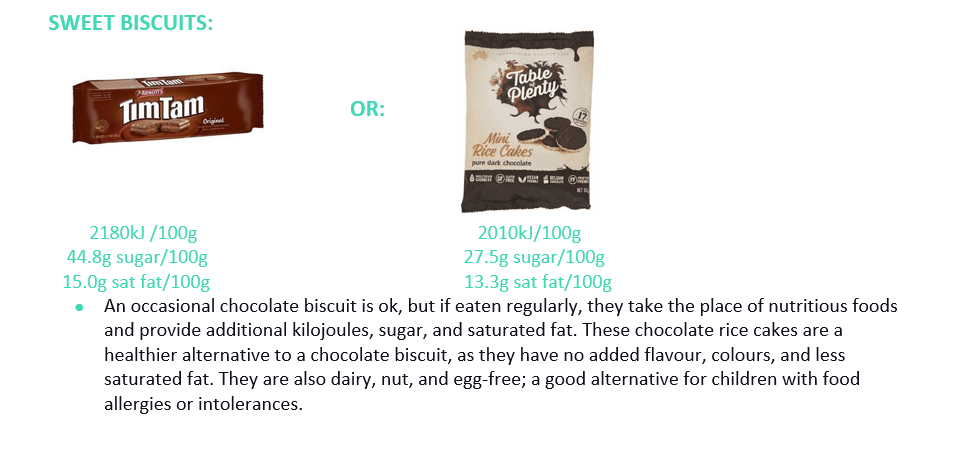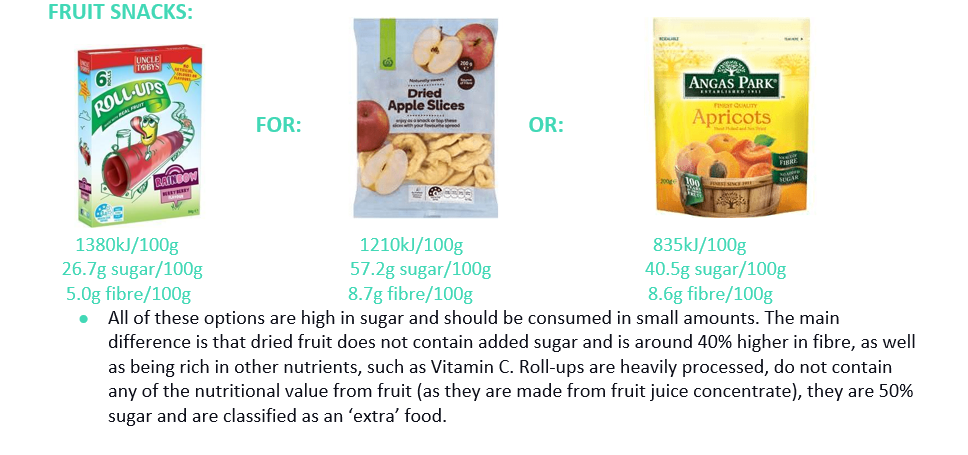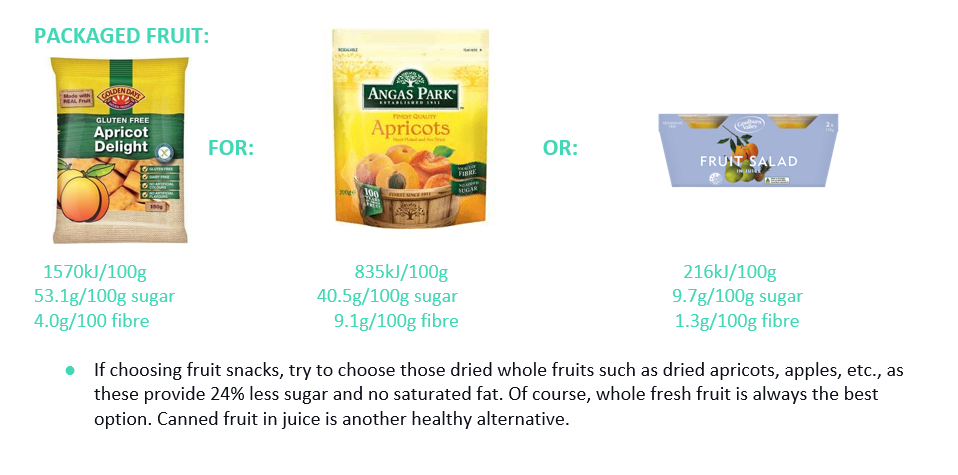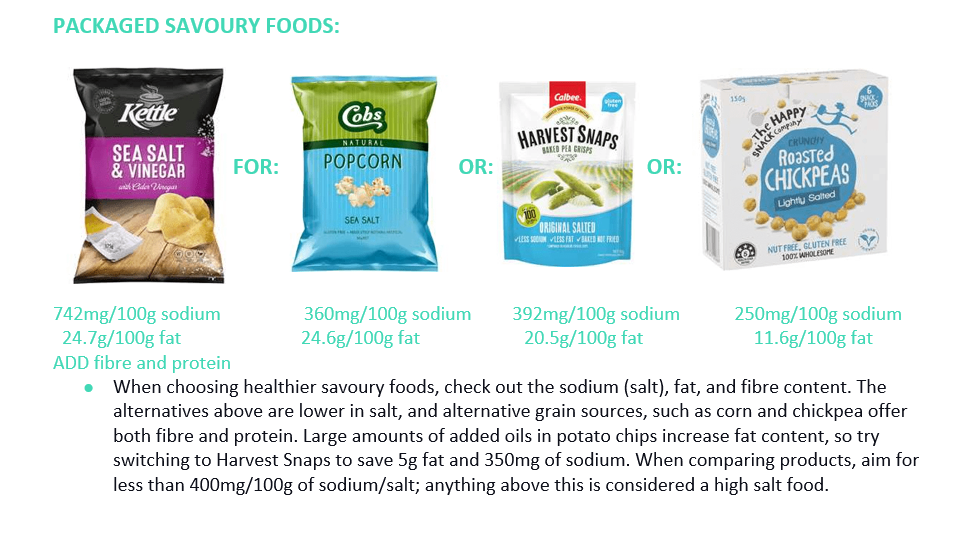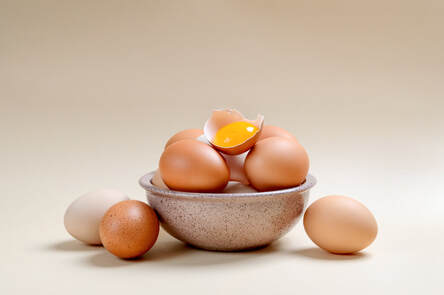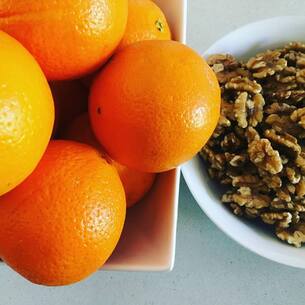
Many of you have asked for my opinion on the ketogenic diet, here is my summary, based on current evidence.
What it is:
A very high fat, low carbohydrate diet, initially devised in the 1920’s to treat severe seizures in epilepsy.
Gained popularity for weight loss in recent years.
- Breakdown: 70% fat, 10-20% protein, 5-10% carbohydrate. Looks like this:
- Breakfast: 2 eggs, 1/3 avocado Lunch: salad with low carb veg, 100g meat, 1 boiled egg, 30g cheese, Dinner: 150g meat + low carb vegies, snacks: low carb protein bar, nuts, cheese, chopped veg, berries.
- Studies show short-term improvements health markers
- Benefits: fuller for longer due to fat content, ketones suppress appetite, fat loss instead of muscle
- Disadvantages: sustainability, social occasions, restriction severe, satisfaction, expensive
What is ketosis?
Glucose is the main source of energy for the body, from carbohydrates. Brain uses 120g glucose per day
When the body is deprived, alternative fuel is produced =‘ketones’
During fasting – body removes glucose from the liver and breaks down muscle (glycogen) to release glucose
Once this depletes glucose stores, (3-4 days), insulin decreases and body uses fat as primary fuel.
Liver produces ketone bodies from fat.
Ketones accumulate in the blood = ketosis
- Symptoms of ketosis: hunger, fatigue, low mood, irritability, constipation, headache, ‘brain fog’, nausea, vomiting, reduced exercise tolerance
Safety: - Unclear long-term risks, risk to heart health with high saturated fat diet (risk of high cholesterol)
- Kidney stones, osteoporosis, uric acid (gout), nutrient deficiencies, gut health
- Unsafe in certain medical conditions and times of growth: pregnancy, breastfeeding, children, adolescents
So what is the bottom line?
- Option if difficulty losing weight other methods
- If individual can stick to it and meet nutritional requirements
- Consult GP and Dietitian before commencing
- Dietitian can guide reintroduction of carbohydrates to enable long-term weight maintenance
- Good option is a modified carbohydrate diet – easier to stick with in the long-term
– Weight regain a risk after following a restrictive diet
